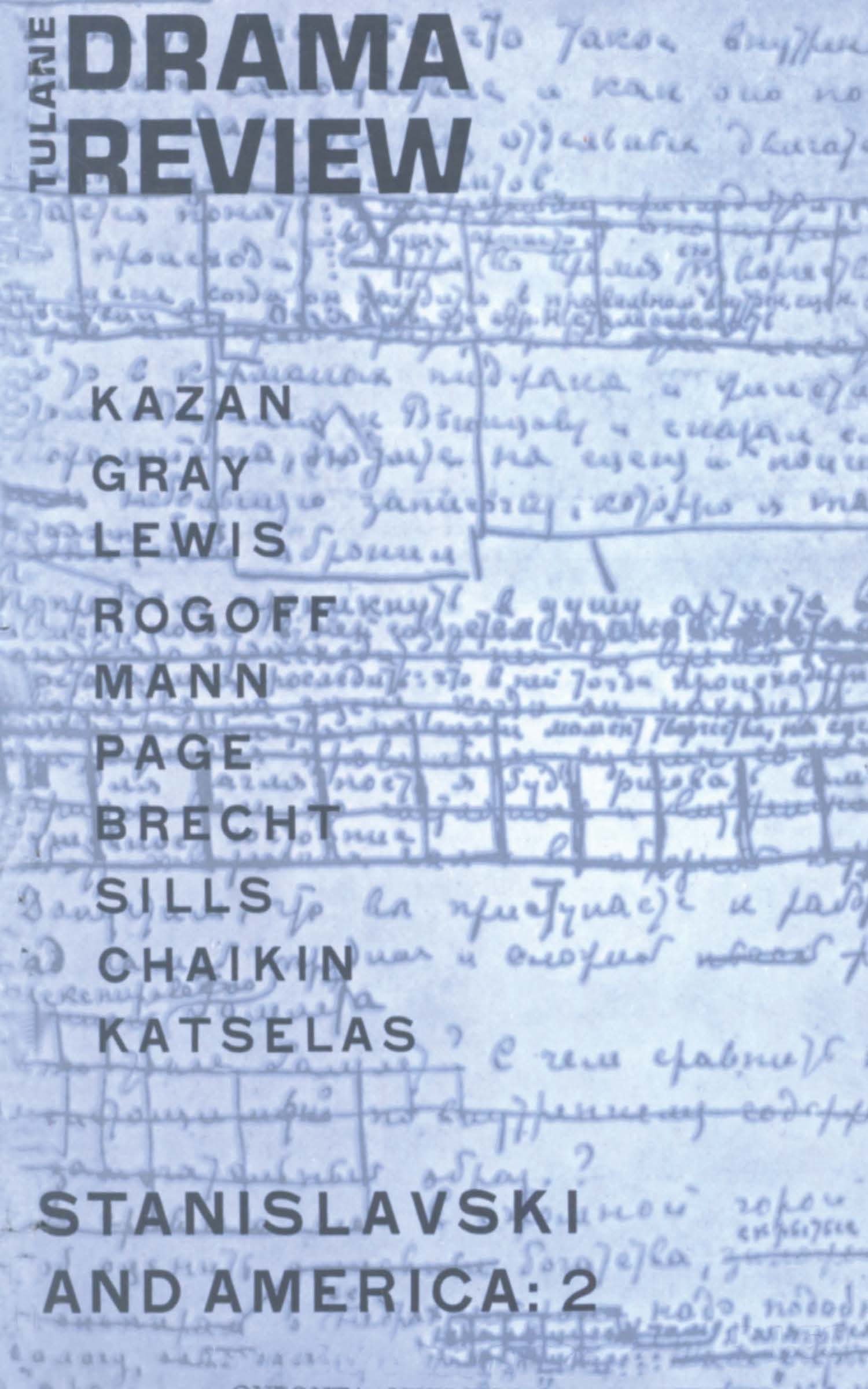No CrossRef data available.
Article contents
The Gods are Just: A Reading of King Lear
Published online by Cambridge University Press: 03 February 2022
Extract
By the time that Shakespeare set out, probably sometime in 1605, to retell the ancient story of King Lear and his daughters, he had already approached the problem of man's relation to the forces of evil from various directions, and in doing so he had developed certain distinctive modes of tragedy. In King Lear Shakespeare’s primary emphasis is upon the process of human regeneration. That he chose for the hero of such a play an old man at the very end of physical life was thematicaUy appropriate, for the emphasis is upon a spiritual rebirth for which man never can grow too old. Shakespeare dramatically juxtaposes the physical age of his hero against the new manhood he attains through suffering, and thus he asserts dramatically that Lear's four score years of pride and self-deception were merely the prelude to life, and not life at all.
- Type
- Research Article
- Information
- Copyright
- Copyright © 1958 The Tulane Drama Review
References
Notes
1 That Lear is a non-Christian play was stressed in the nineteenth century by Dowden, Edward, Shakespeare, His Mind and Art (New York, 1903), p. 240Google Scholar, and more recently by Spencer, Theodore, Shakespeare and the Nature of Man (2nd ed., New York, 1949), pp. 135-152Google Scholar. See alsoJames, D. G., The Dream of Learning (Oxford, 1951), pp. 69-121Google Scholar; Sewell, Arthur, Character and Society in Shakespeare (Oxford, 1951), pp. 120-121Google Scholar; Bush, Geoffrey, Shakespeare and the Natural Condition (Cambridge, Mass., 1956), pp. 87-104CrossRefGoogle Scholar.
2 Shakespeare's Doctrine of Nature (London, 1949), pp. 204-5Google Scholar. See also Whitaker, Vergil K., Shakespeare's Use of Learning (San Marino, 1953), pp. 300-313Google Scholar; Speaight, Robert, Nature in Shakespearian Tragedy (London, 1955), pp. 89-121Google Scholar; Siegel, Paul N., Shakespearean Tragedy and the Elizabethan Compromise (New York, 1957), pp. 161-188Google Scholar; Heilman, Robert B., This Great Stage: Image and Structure in King Lear (Baton Rouge, 1948)Google Scholar; Parker, M. D. H., The Slave of Life: A Study of Shakespeare and the Idea of Justice (London, 1955), pp. 130-143; Geoffrey L. Bickersteth, “The Golden World of King Lear,” Proc. of the British Academy, XXXII (1946), 147-171Google Scholar. Wilson, H. S., On the Design of Shakespearian Tragedy (Toronto, 1957), pp. 182-289Google Scholar, and Knight, G. Wilson, The Wheel of Fire (Oxford, 1930), pp. 194-226Google Scholar, although they deny the specifically Christian framework of the play, have nevertheless pointed to the Christian ethics implicit in it, that Lear is “equivalent to the statement that goodness is the natural goal of man, and the aim of evolution. Therefore at the end, the danger of evil-doers is crushed. The good forces, not the evil win; since good is natural, evil unnatural to human nature” (Knight, p. 221). On the morality play influence see also Campbell, O. J. , “The Salvation of Lear,” ELH, XV (1948), 93-109Google Scholar.
3 Shakespearean Tragedy (London, 1949), pp. 254-255Google Scholar.
4 The English History Play in the Age of Shakespeare, (Princeton, 1957), pp. 248-253Google Scholar.
5 See Bald, R. C., “ ‘Thou, Nature, Art My Godess’. : Edmund and Renaissance Free-Thought,” in J. Q. Adams Memorial Studies (Washington, D. C, 1948), pp. 337-349Google Scholar;Bethell, S. L., Shakespeare and the Popular Dramatic Tradition (London, 1944), pp. 58-59Google Scholar; , Whitaker, Shakespeare’ s Use of Learning, p. 306Google Scholar; , Heilman, This Great Stage, pp. 115-130Google Scholar.


